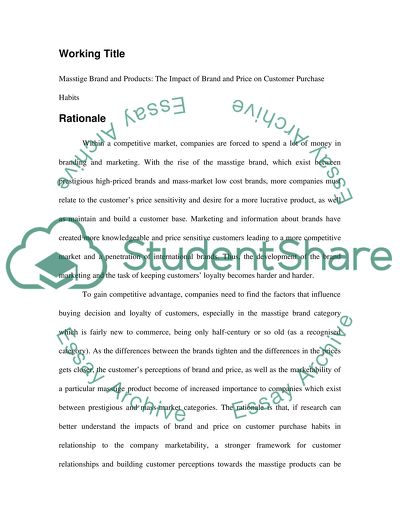Cite this document
(Masstige Brand and Products: The Impact of Brand and Price on Customer Research Paper, n.d.)
Masstige Brand and Products: The Impact of Brand and Price on Customer Research Paper. https://studentshare.org/marketing/1524269-research-planing-proposal
Masstige Brand and Products: The Impact of Brand and Price on Customer Research Paper. https://studentshare.org/marketing/1524269-research-planing-proposal
(Masstige Brand and Products: The Impact of Brand and Price on Customer Research Paper)
Masstige Brand and Products: The Impact of Brand and Price on Customer Research Paper. https://studentshare.org/marketing/1524269-research-planing-proposal.
Masstige Brand and Products: The Impact of Brand and Price on Customer Research Paper. https://studentshare.org/marketing/1524269-research-planing-proposal.
“Masstige Brand and Products: The Impact of Brand and Price on Customer Research Paper”. https://studentshare.org/marketing/1524269-research-planing-proposal.


